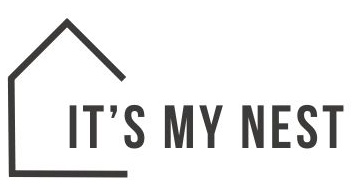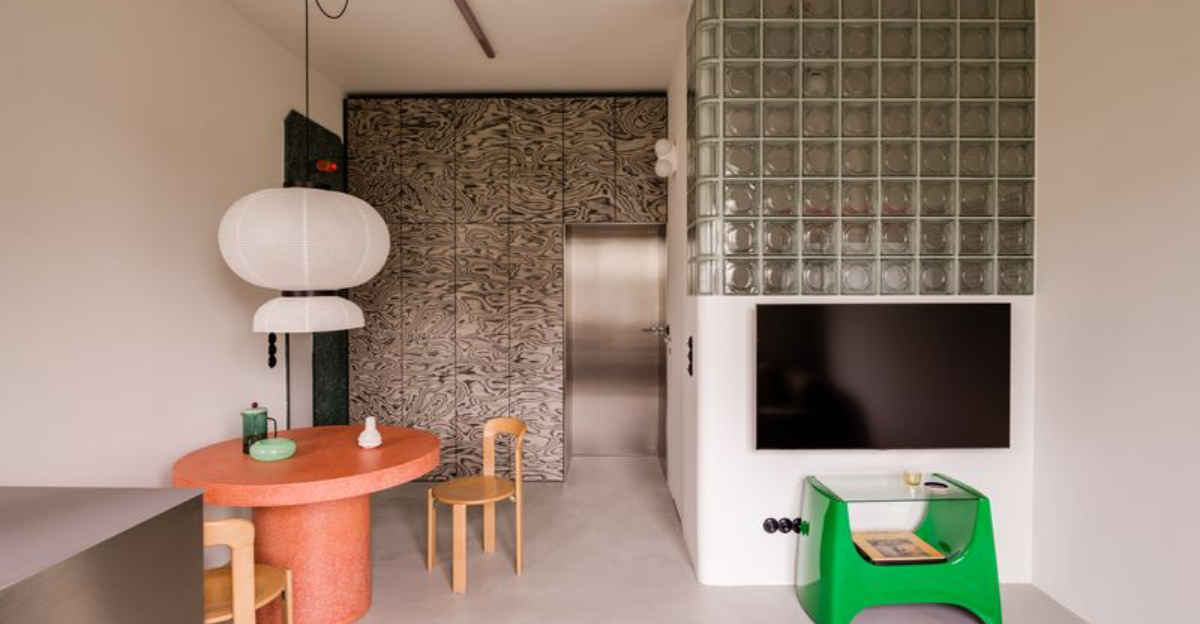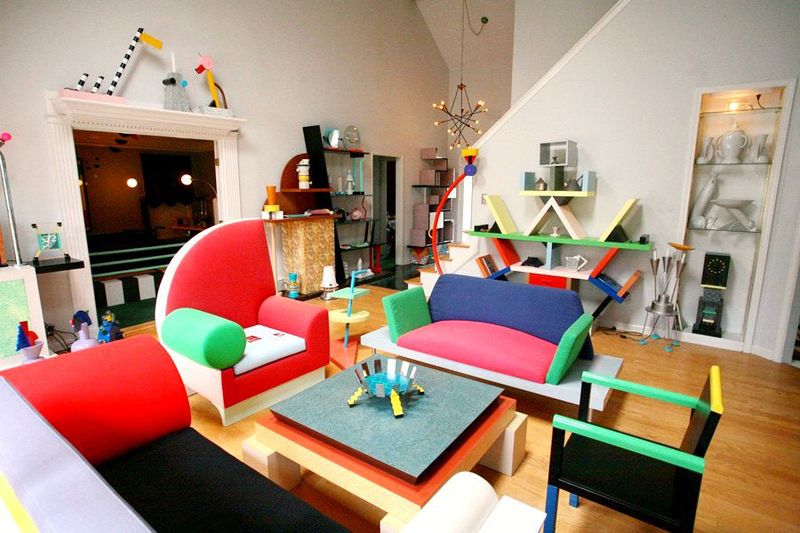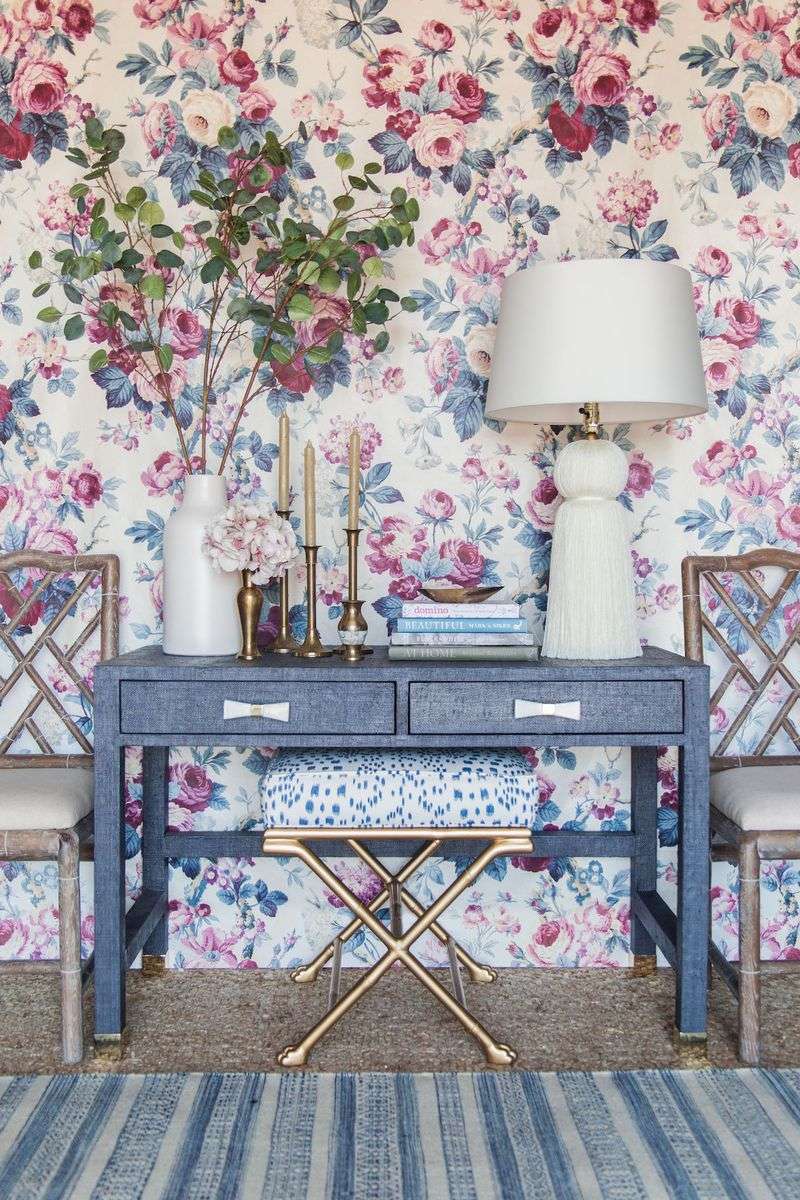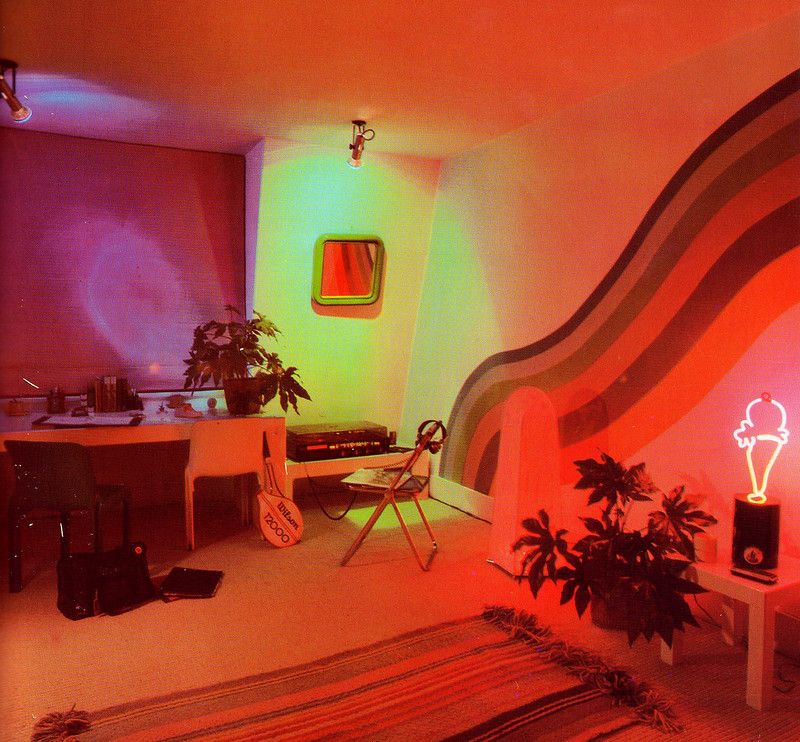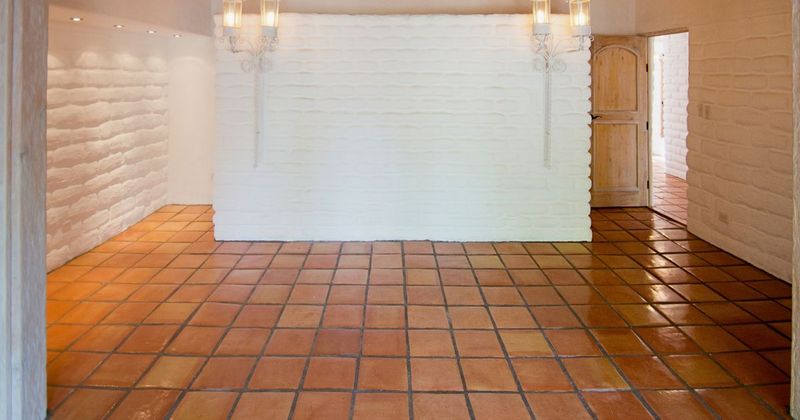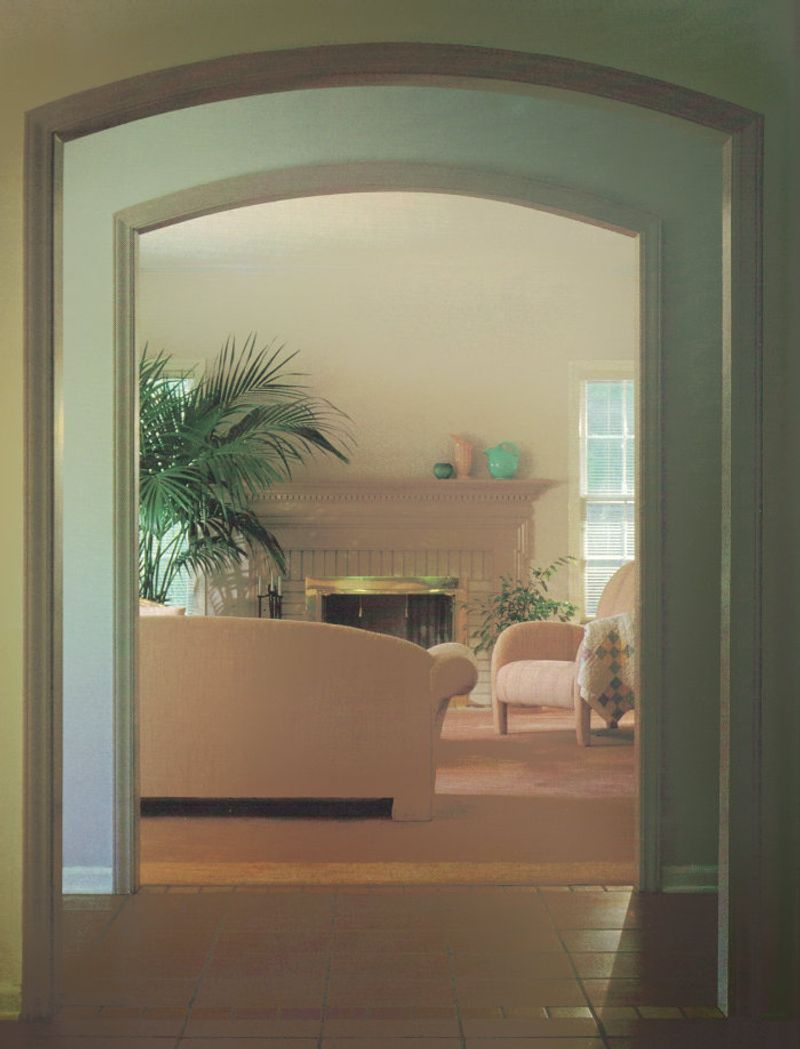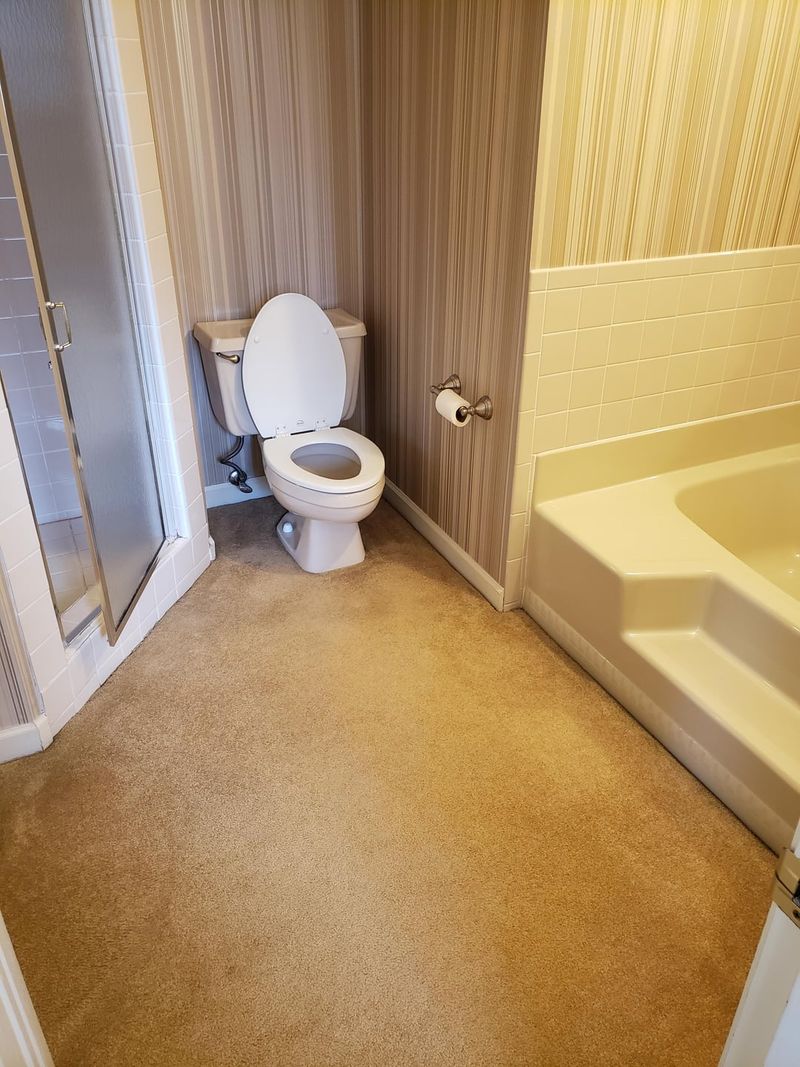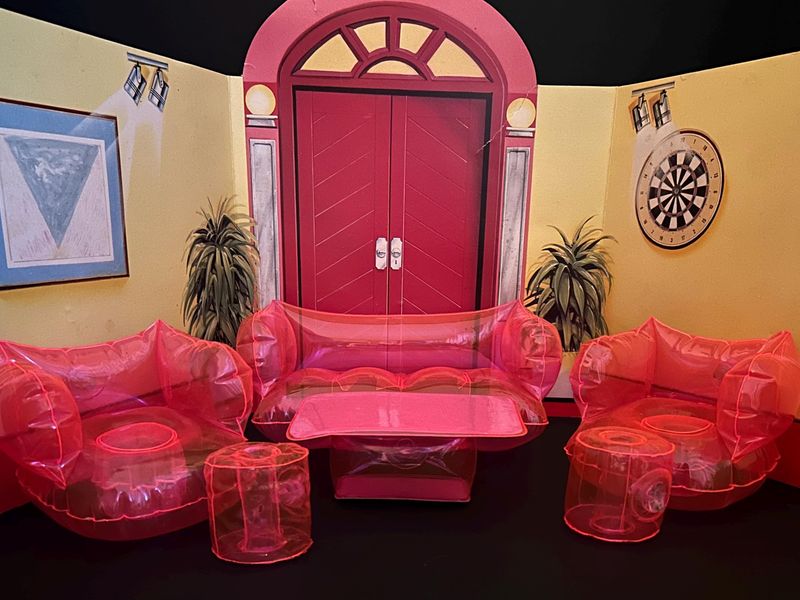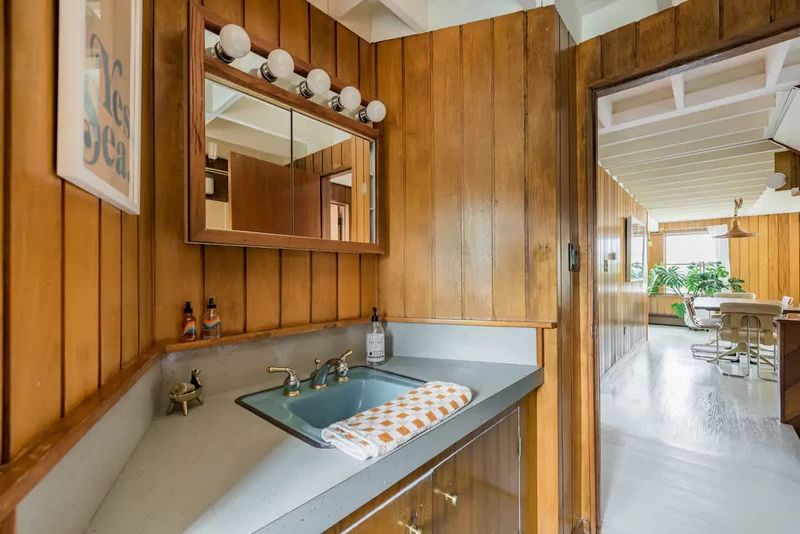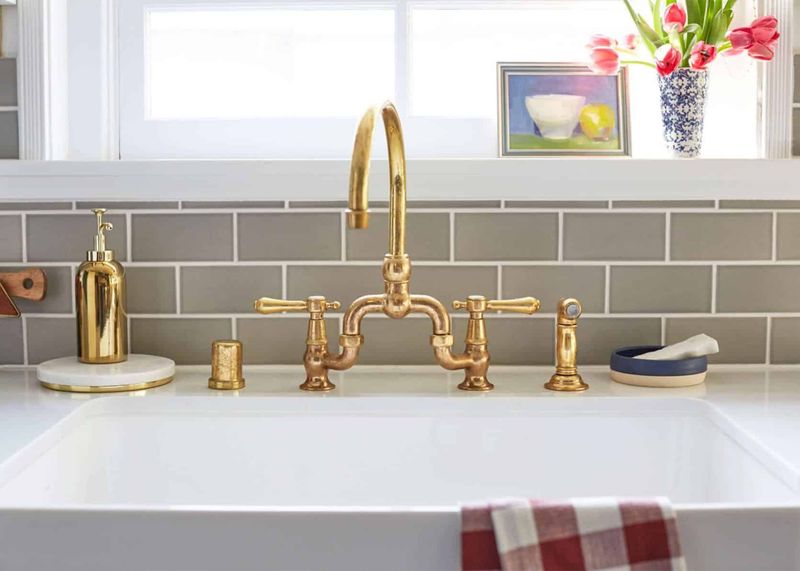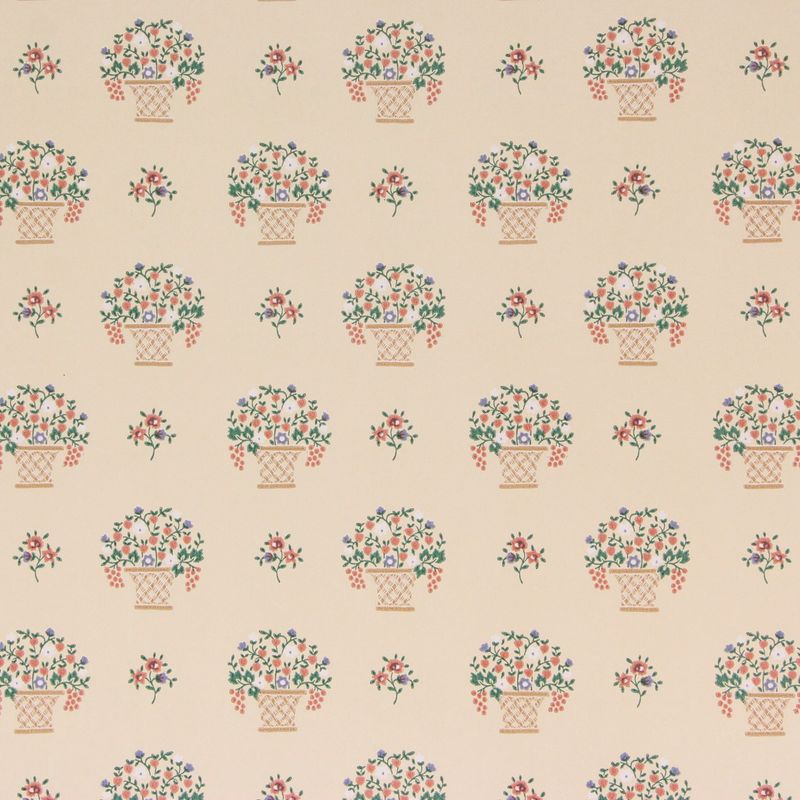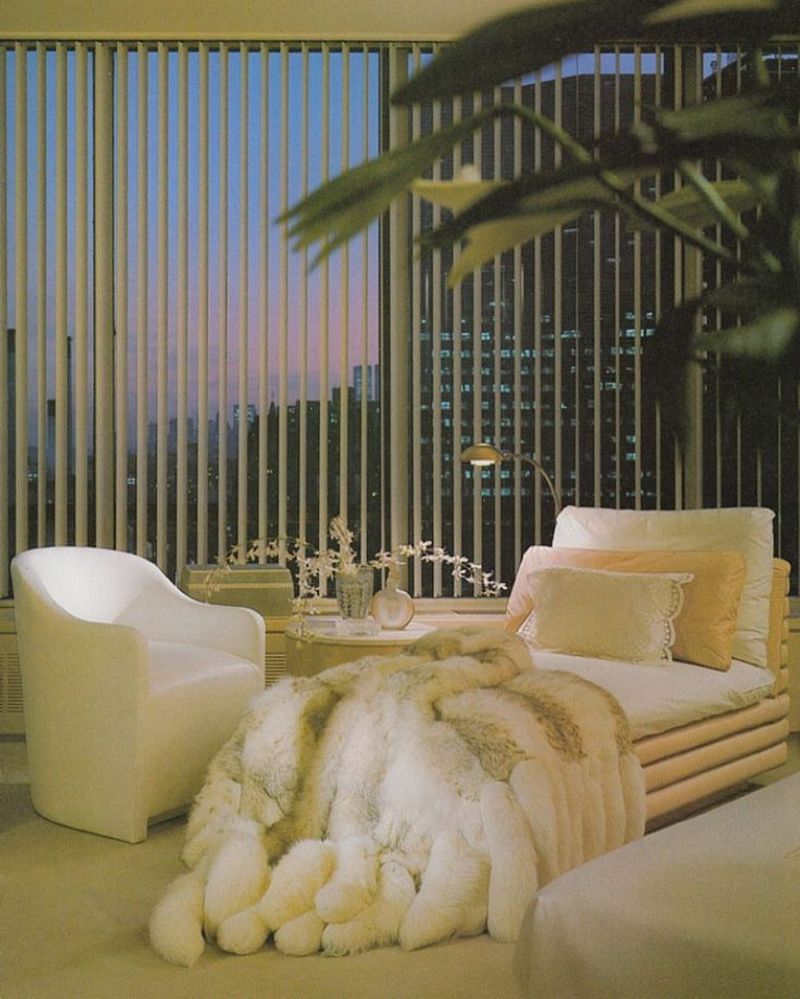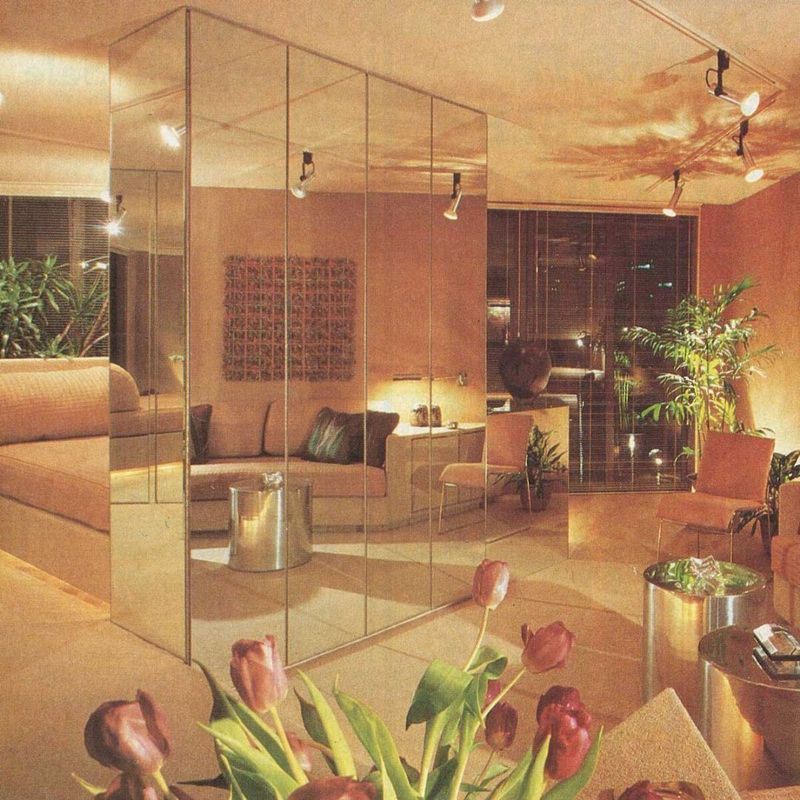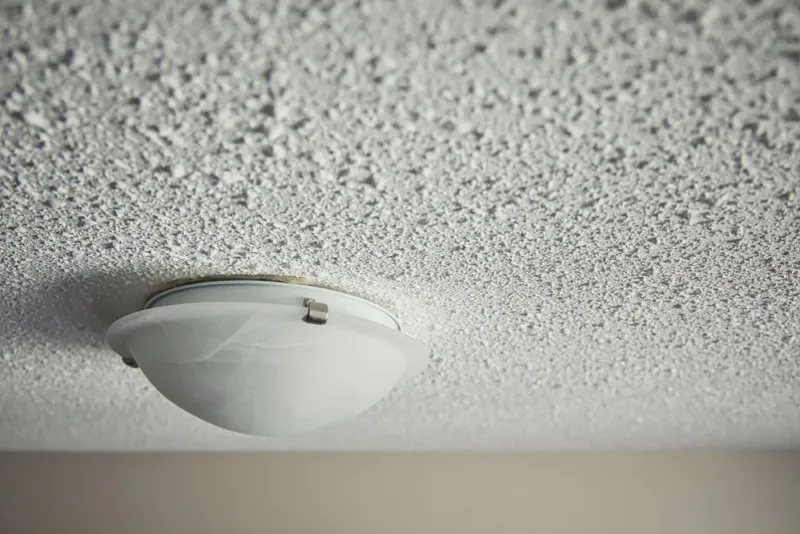The 1980s was a decade that dared to be different – loud colors, bold patterns, and design choices that practically shouted for attention. Some of it was fabulous. Some of it… not so much.
But here’s the thing: buried beneath the kitsch and excess were gems of creativity that deserve a second chance. Of course, not every trend should rise again (looking at you, carpeted bathrooms).
In this list, I’m diving into the iconic interior moments that still sparkle with potential – and calling out the ones that should remain a fond, distant memory. Let’s take a stylish stroll down memory lane.
1. Memphis Design
With its bold geometric shapes and vibrant colors, Memphis Design brought a playful yet sophisticated vibe to interiors. Born in Milan, this design style was a rebellion against the muted palettes of the ’70s.
Though it may seem chaotic, there’s a method to its madness, creating harmony through contrast. This trend is perfect for those who dare to make a statement and are not afraid of a little color clash!
2. Floral Chintz
Imagine stepping into a field of flowers every time you enter a room. Floral chintz, with its intricate patterns and soft hues, does just that. This trend is all about embracing the natural world indoors.
The use of chintz fabric on curtains, upholstery, and bedding creates a sense of continuity and warmth. It’s like wrapping your home in a cozy floral blanket.
While some might find it overly fussy, others will appreciate its inviting charm and timeless elegance. Perfect for creating a quaint, cottage-like atmosphere in your home!
3. Glass Blocks
Remember those translucent glass blocks used for walls and dividers? They’re not just for office spaces! These blocks diffuse light beautifully, adding both privacy and an illusion of space.
Glass blocks were a staple of ’80s design, blending functionality with a touch of elegance. They may have been overlooked in recent years, but their potential for modern interiors is undeniable. Reintroduce these gems for a light and airy home ambiance!
4. Neon Lighting
Neon lights are like the disco balls of interior design – they are vibrant, fun, and demand attention. Picture walking into a room bathed in the glows of pink and blue neon, instantly energizing the space.
This ’80s staple can turn any ordinary room into an exciting, dynamic setting. Beyond bars and diners, neon lighting can add a pop of color to homes, creating a youthful, enthusiastic atmosphere.
While it might not suit everyone’s taste, it’s a surefire way to inject some personality and nostalgia into your decor!
5. Rattan Furniture
If furniture could take a vacation, it would probably look a lot like rattan. Lightweight and airy, rattan brings a touch of the tropics into your home.
This material is as versatile as it is durable, lending itself to both indoor and outdoor settings. Rattan furniture speaks of leisurely afternoons and gentle breezes. It’s a trend that whispers rather than shouts, perfect for creating a serene, laid-back environment.
6. Terracotta Tiles
Like timeless storytellers, terracotta tiles evoke images of sun-kissed courtyards and Mediterranean villas. They are perfect for kitchens and patios because of their warm, earthy tones, which give any area a rustic character.
These tiles provide a useful and fashionable flooring option in addition to being long-lasting and gorgeous. Terracotta endures and waits for its time to shine in contemporary interiors, despite passing trends.
7. Pastel Colors
The soothing embrace of a soft, faded image is reminiscent of pastel colors. They add a calming element to interior spaces, blending in perfectly to produce a soft atmosphere.
For good reason, pastels were popular in the 1980s; they offer a flexible palette that can be used in a variety of styles. Pastel colors are a delicate way to update any area, making them perfect for people who want peace in their surroundings.
8. Bold Wallpapers
Think bold designs and vivid hues that turned walls into canvases when wallpaper was popular in the 1980s. A space can come to life with these striking patterns, which are like entering an artist’s head.
Just think of geometric designs that alter perception and give your walls a distinctive personality. Because it encourages individuality and originality, this trend is ideal for today’s daring decorators looking to make a comeback.
1. Carpeted Bathrooms
Stepping out of a warm bath onto a plush carpet; it sounds cozy at first, right? Well, the 1980s introduced carpeted bathrooms, a trend that quickly turned into a cleaning nightmare. Carpets absorb moisture and odors, creating a breeding ground for mold and mildew.
The pastel-colored shag carpets, often paired with floral wallpaper, did not help. This trend was as impractical as it was unsanitary. Fortunately, modern design favors tiles and waterproof materials.
2. Inflatable Furniture
In the era of playful experimentation, inflatable furniture took center stage. While these pieces added a whimsical touch, they were often uncomfortable and prone to punctures.
Maintenance issues aside, the bold geometric patterns were a visual overload. With time, the novelty wore off, and sturdier, more comfortable options reclaimed their place.
Inflatable furniture might evoke fond memories, but it’s best left as a quirky footnote in design history.
3. Faux Wood Paneling
The 1980s embraced faux wood paneling, a trend that transformed homes into rustic retreats. However, the synthetic material often peeled and faded over time.
The dark panels made spaces feel smaller and outdated. They were a budget-friendly alternative to real wood, but lacked its charm.
As interior design evolved, bright and airy spaces became preferred over these dim and artificial settings. The allure of faux wood has faded, leaving behind memories of a misguided attempt at sophistication.
4. Excessive Brass Fixtures
Brass fixtures were the epitome of elegance in the ’80s, adorning everything from faucets to light fixtures. However, the excessive use of shiny brass gave interiors a gaudy appearance. Over time, these fixtures tarnished, losing their luster and appeal.
The overwhelming presence of brass became a design faux pas, prompting a shift towards more subtle metals. Today, a hint of brass can add warmth, but moderation is key.
5. Floral Borders and Stencils
Homes from the 1980s were known for their floral borders and stencils, which gave interior spaces a hint of garden appeal. These ornamental components were frequently overused, resulting in crowded and disorganized areas.
Rooms felt old since the elaborate floral motifs clashed with other design features. Despite being designed to give walls life, they frequently produced too ornate spaces. Minimalism is preferred over such adornments in modern design.
6. Vertical Blinds
As an alternative to curtains, vertical blinds were common in homes and workplaces in the 1980s. But they frequently had an uninspiring, industrial appearance. Their chilly impression was exacerbated by their awkward design and constrained color selection.
The frustration increased as the system became more prone to jamming. Since then, modern and fashionable window treatments have taken the place of these blinds. Vertical blinds were useful, but they didn’t provide the same level of warmth as other window coverings.
7. Mirrored Walls
The ultimate statement element, mirrored walls gave any space a feeling of glitz and openness. But the disorienting consequences of the overwhelming reflection were common.
Fingerprints and smudges were glaringly obvious, making cleaning an ongoing nightmare. Mirrored walls gave the impression of more room, but they were cold and uninviting. These reflective giants are being replaced by more subdued reflective components in modern design.
8. Popcorn Ceilings
Popcorn ceilings were once admired for their sound-dampening qualities and easy application. However, over time, they became outdated and unappealing.
The textured surface collected dust and cobwebs, becoming a cleaning headache. Removing them often revealed structural imperfections hidden beneath.
Aesthetically, popcorn ceilings made rooms feel dated and less elegant. As design preferences evolved, smooth and sleek ceilings became the norm.
